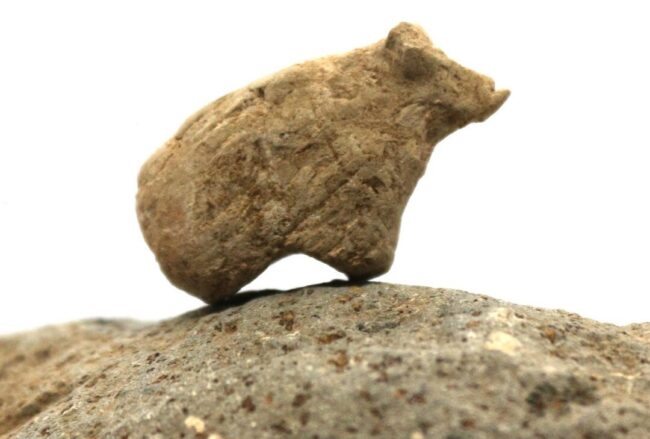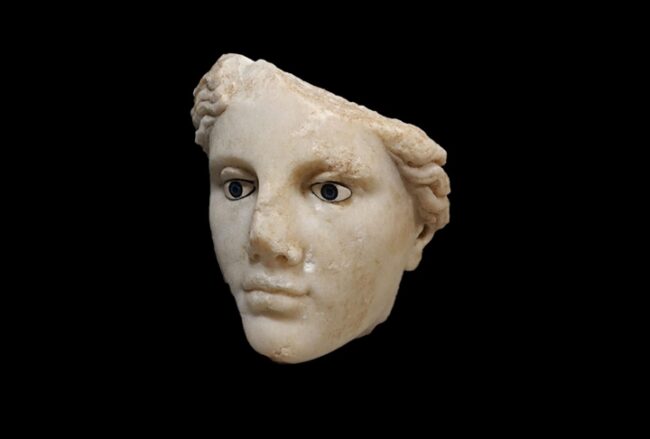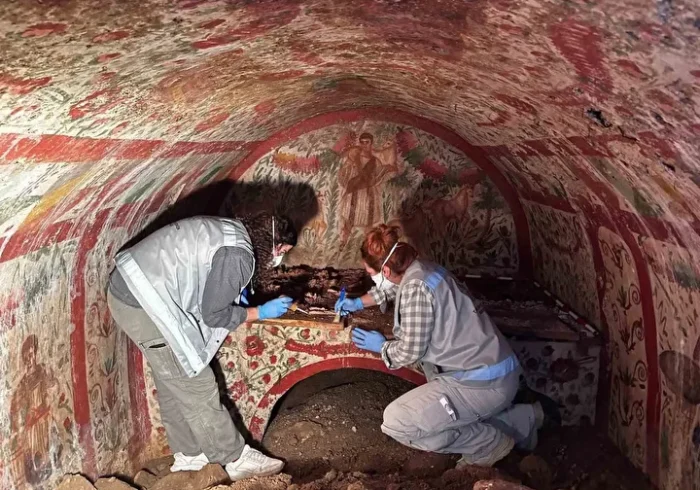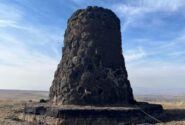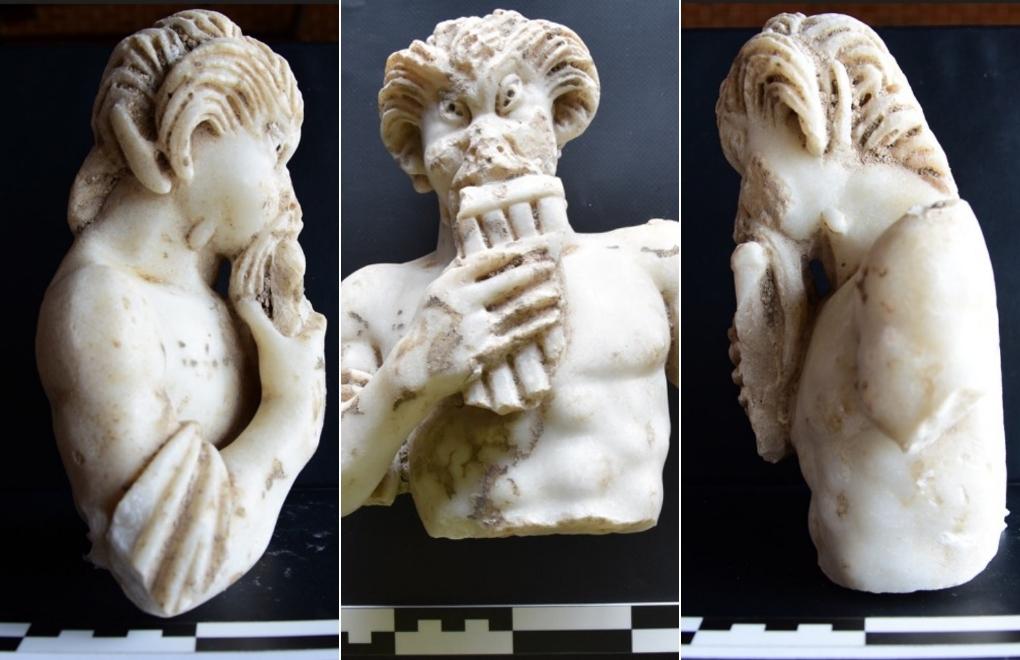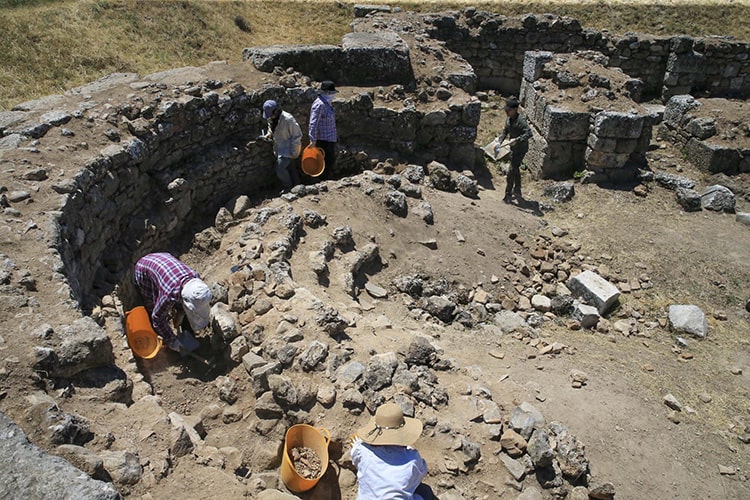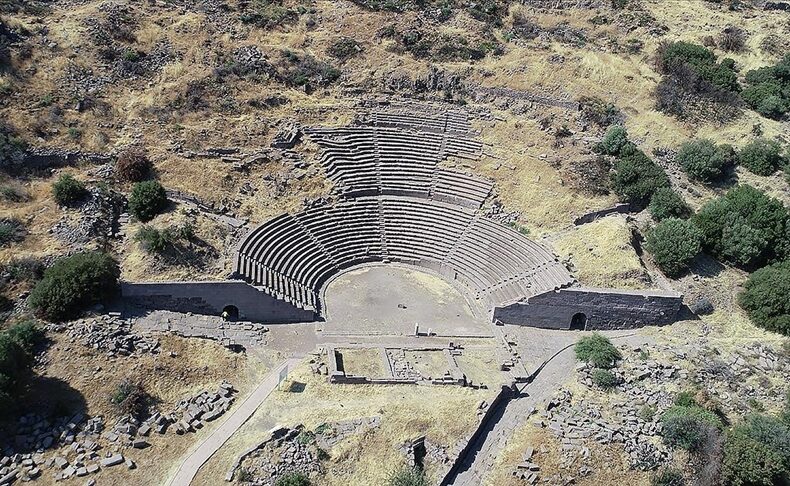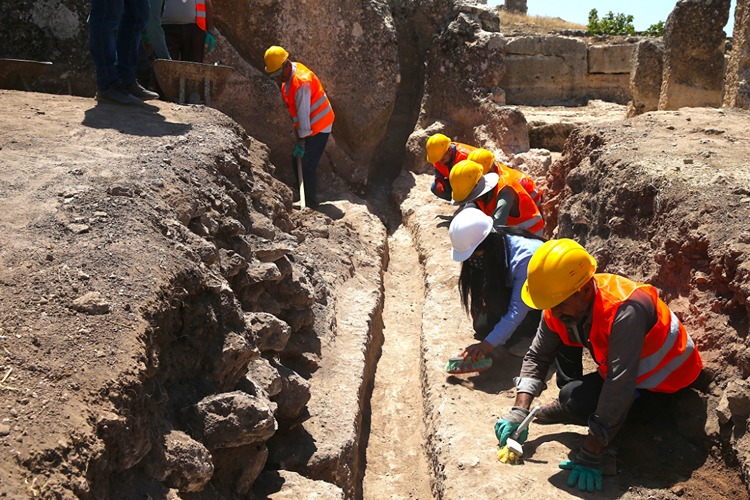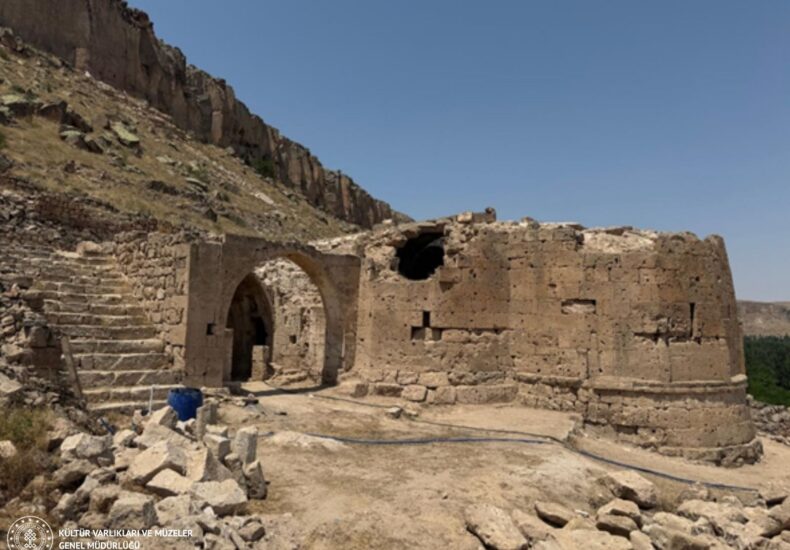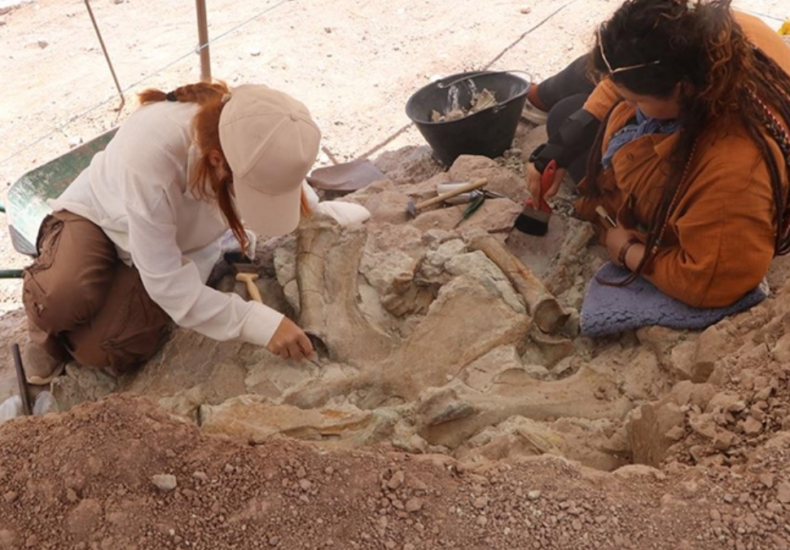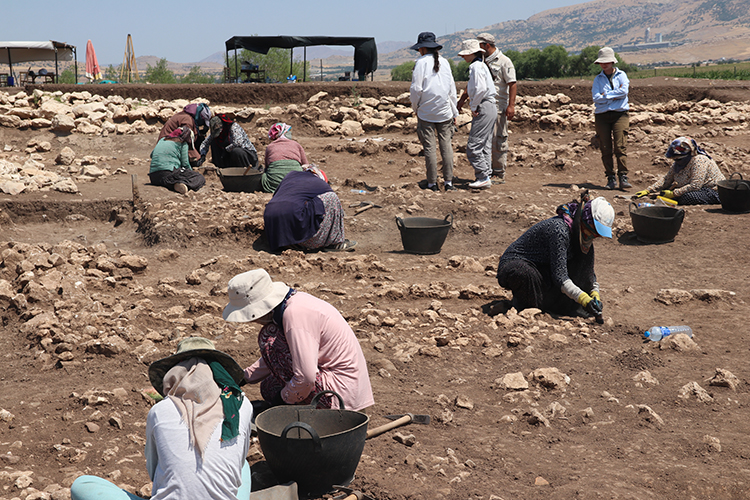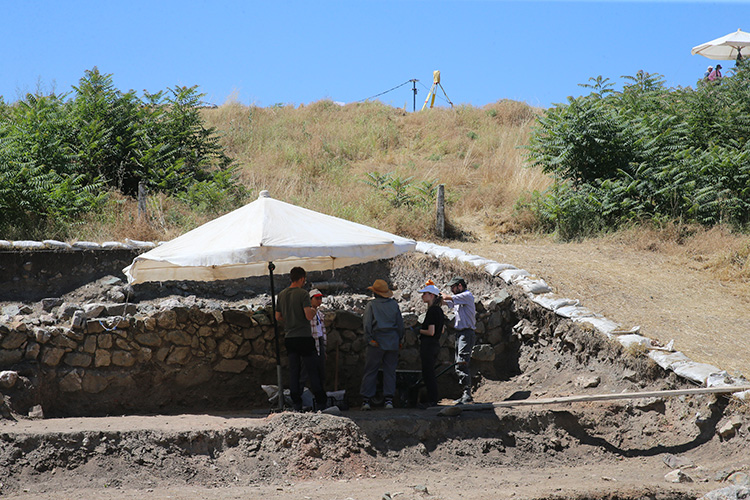Anatolian News . Marmara and Thrace
A Rare “Good Shepherd” Depiction Emerges from a Hypogeum Tomb in İznik
A quiet corner of Hisardere Nekropolü in İznik has produced a discovery that specialists are calling one of the most remarkable Early Christian finds in recent years: a painted “Good Shepherd” (Çoban İsa) figure, believed to be the only example of its kind ever documented in Anatolia. The scene was uncovered inside a carefully constructed

